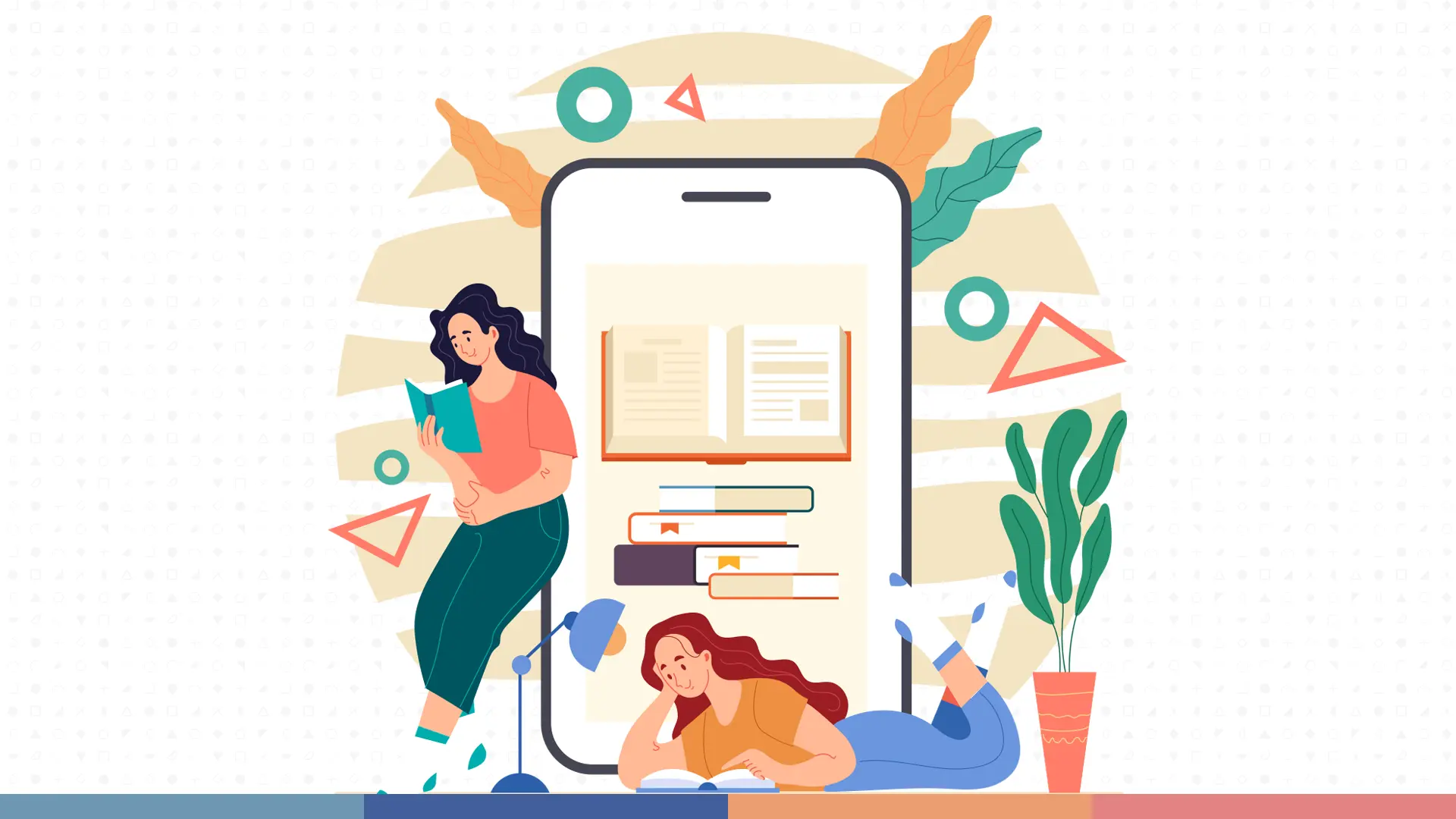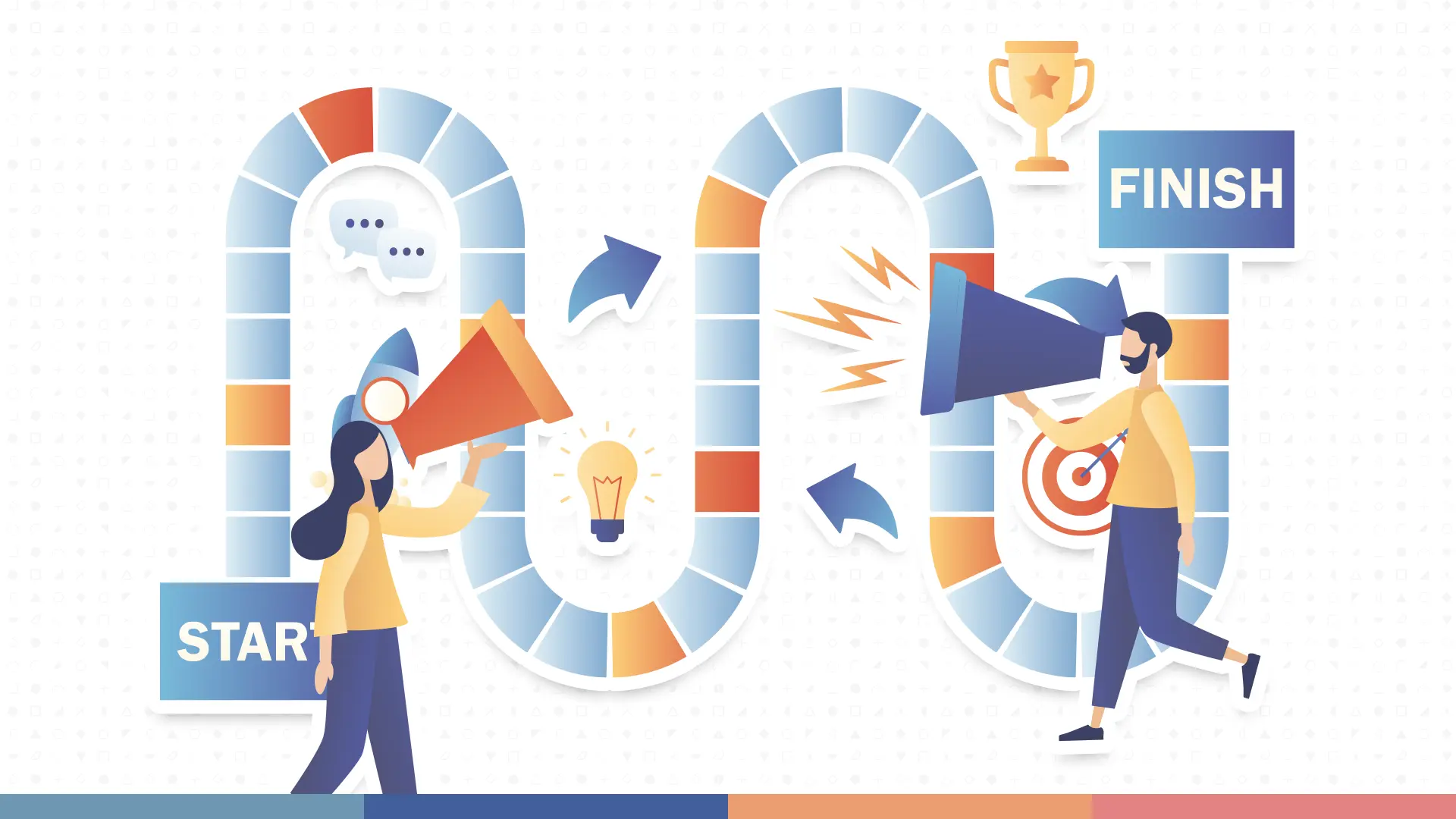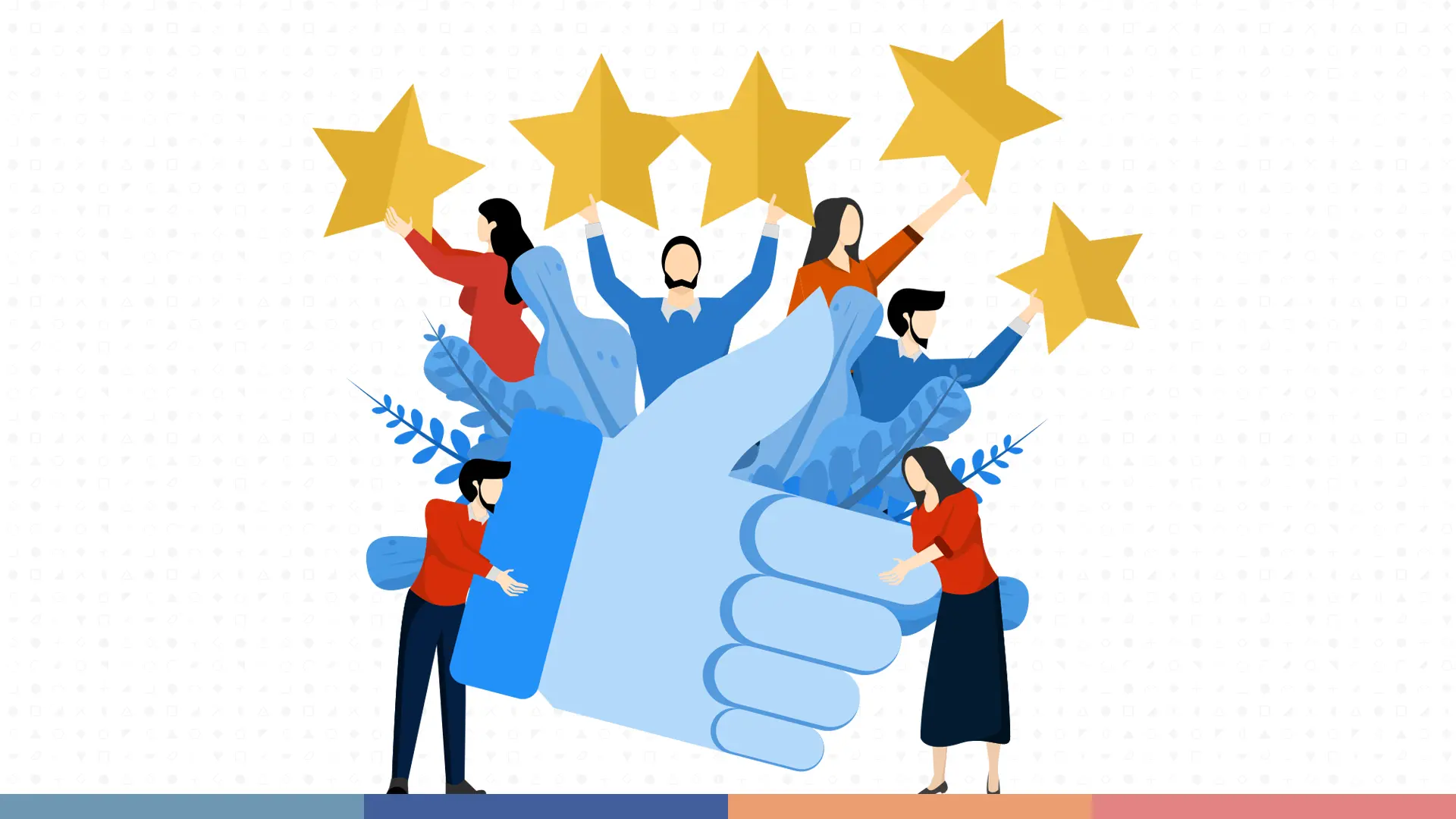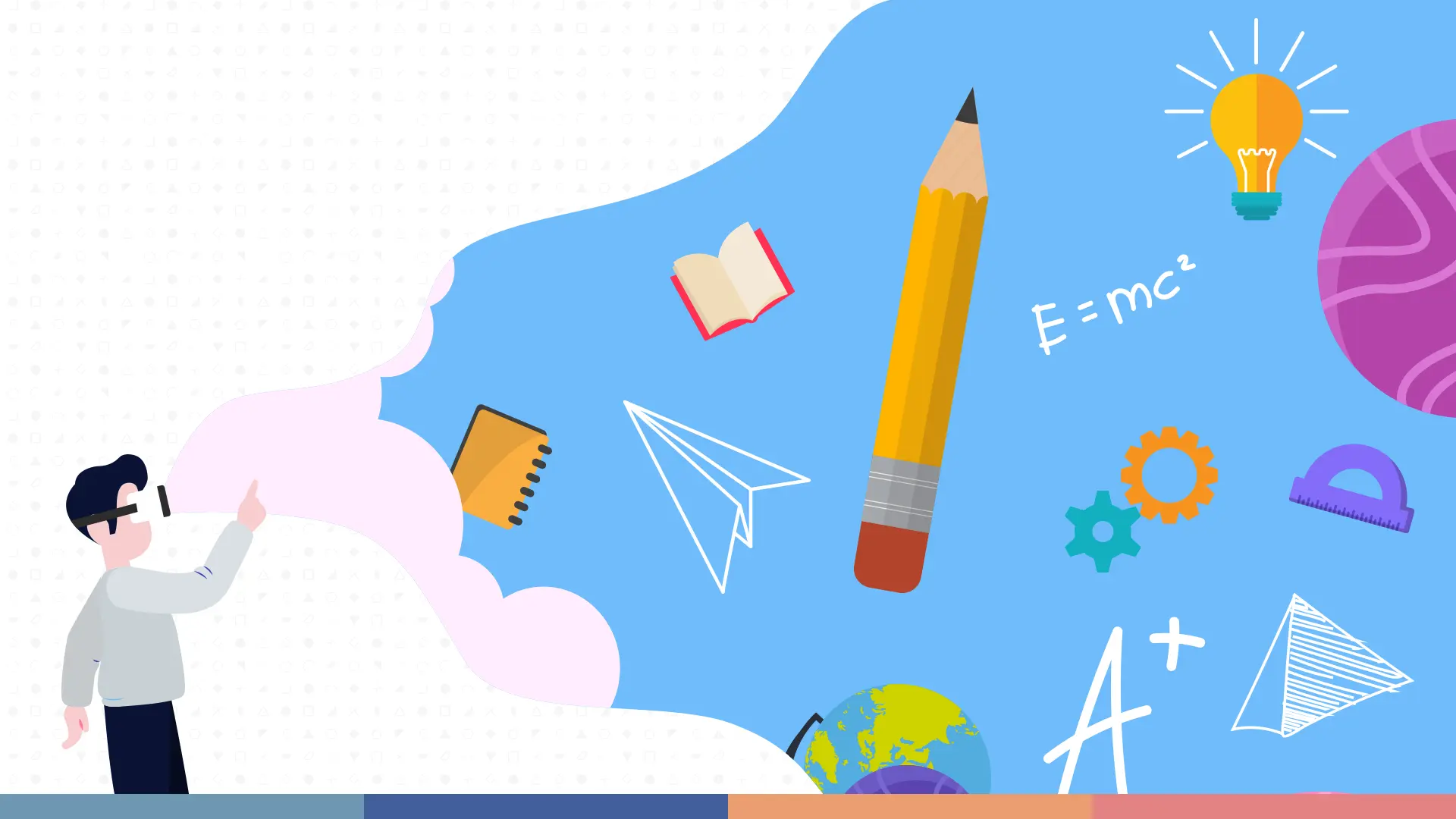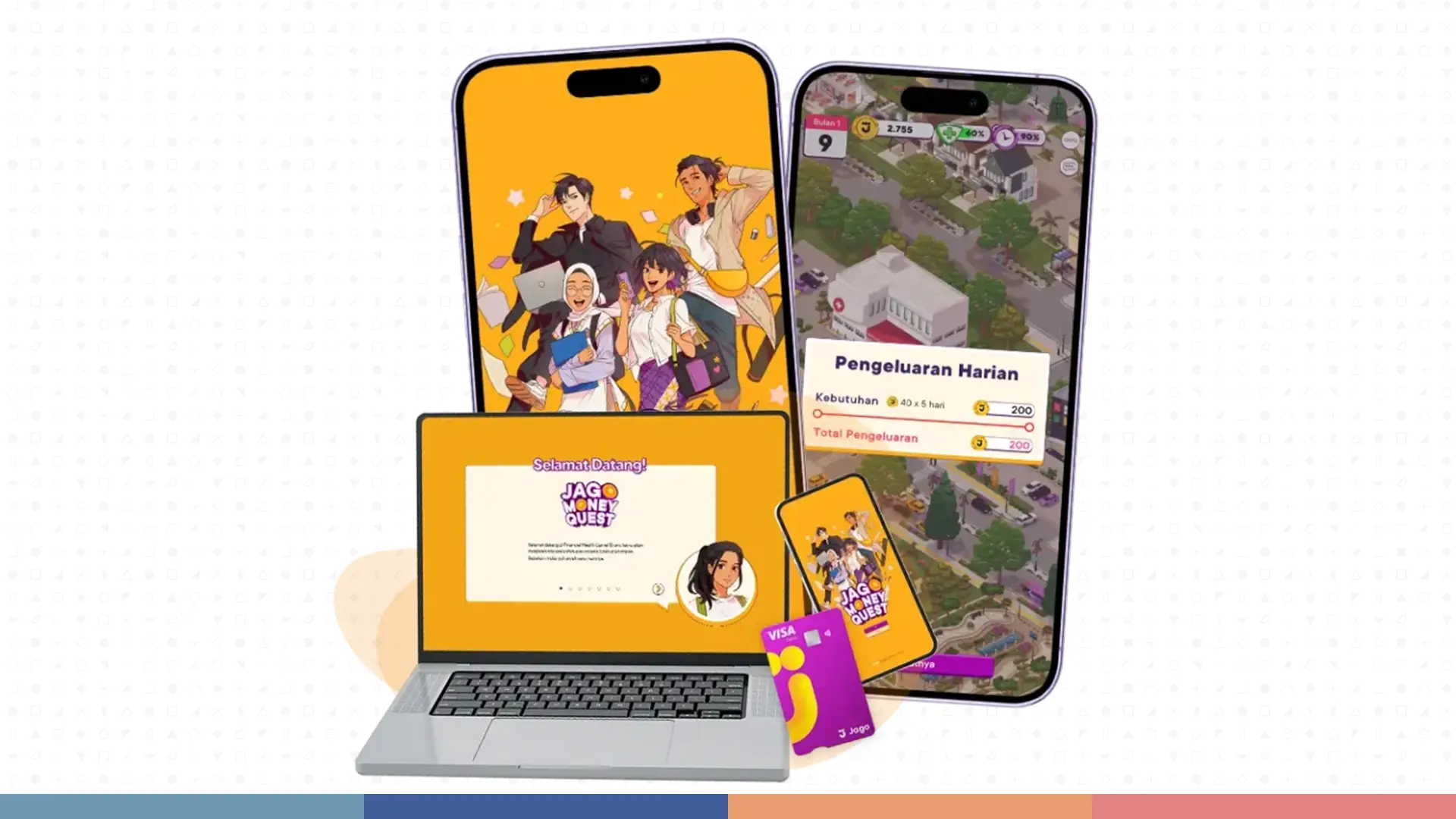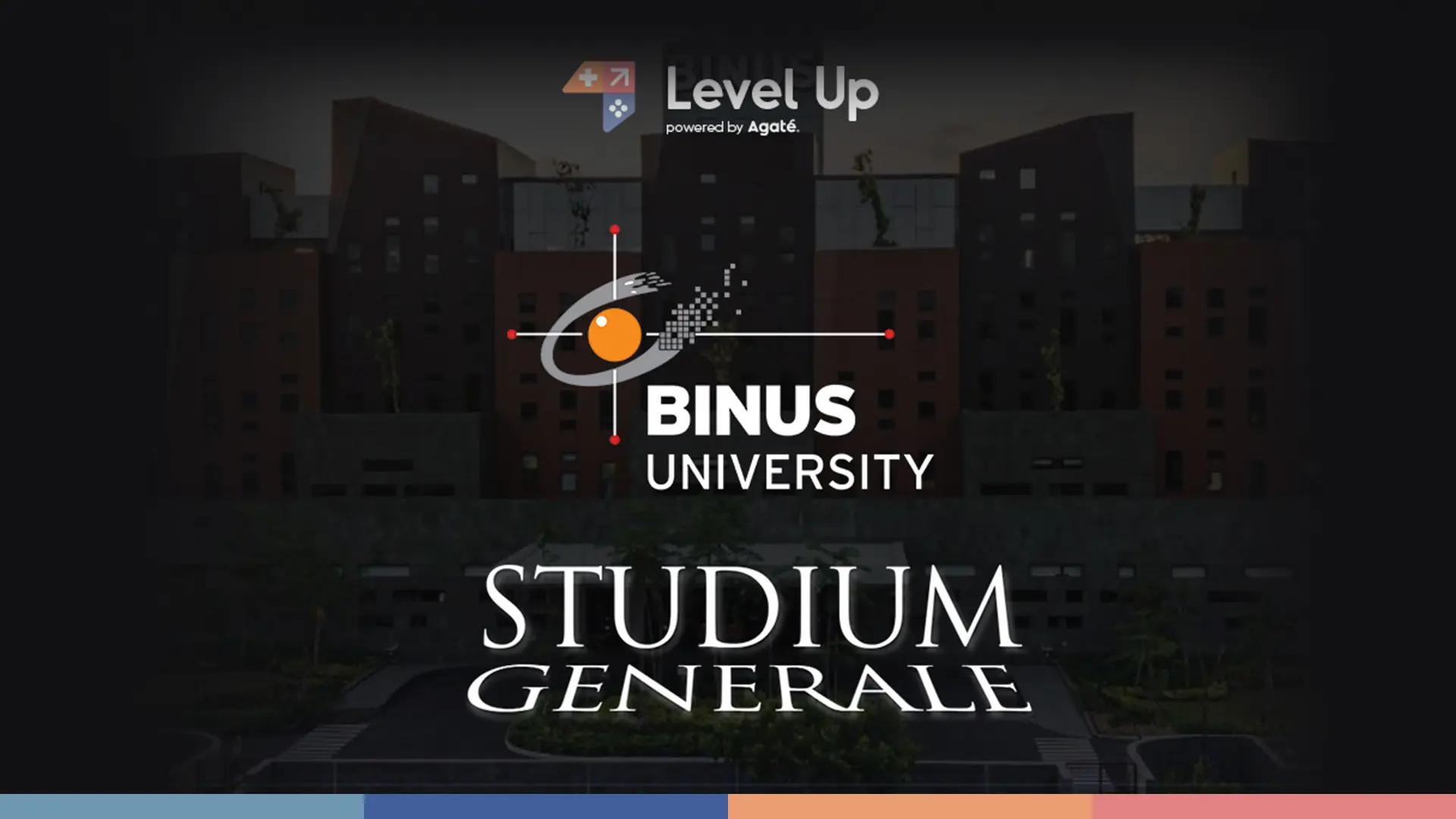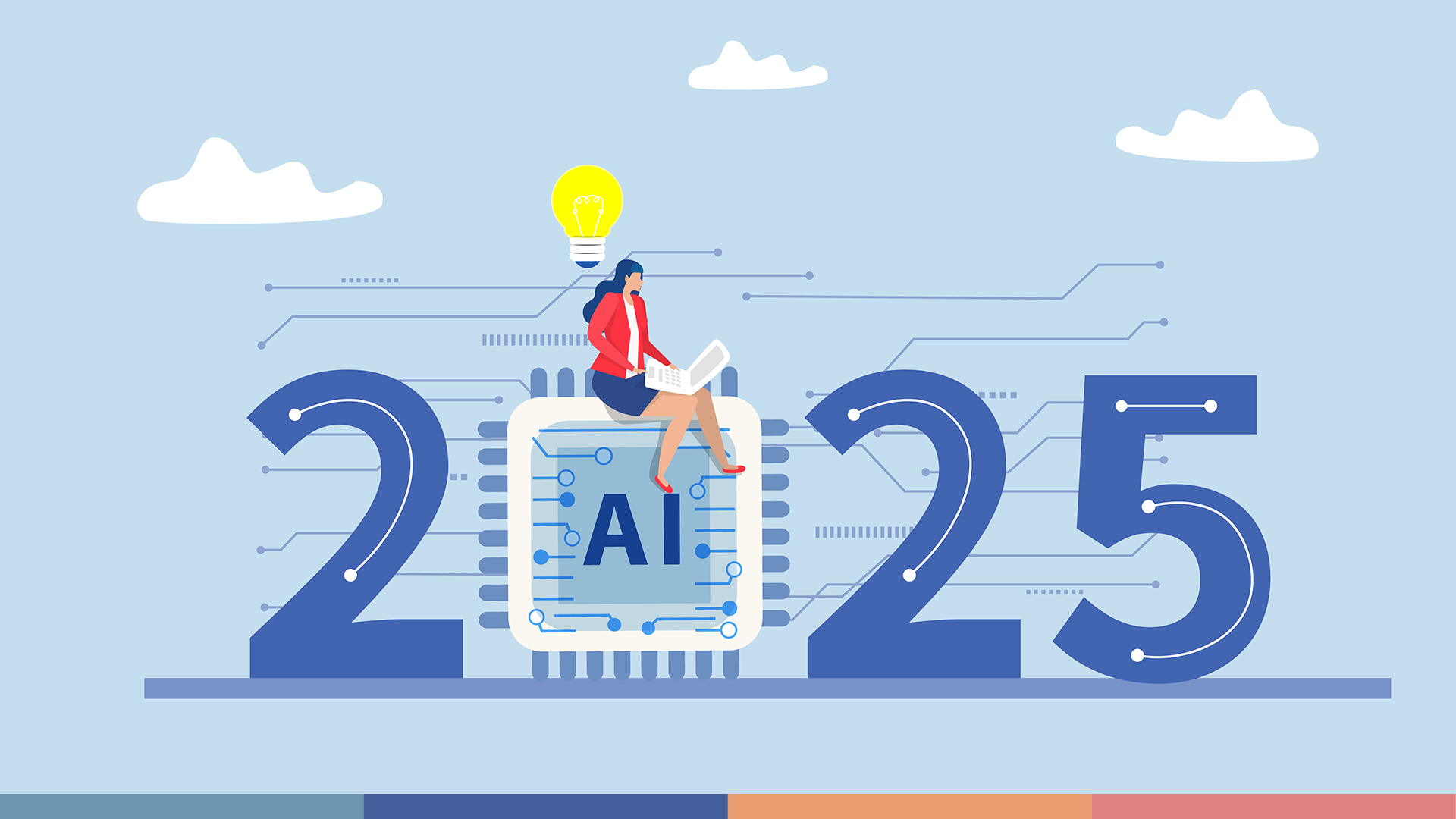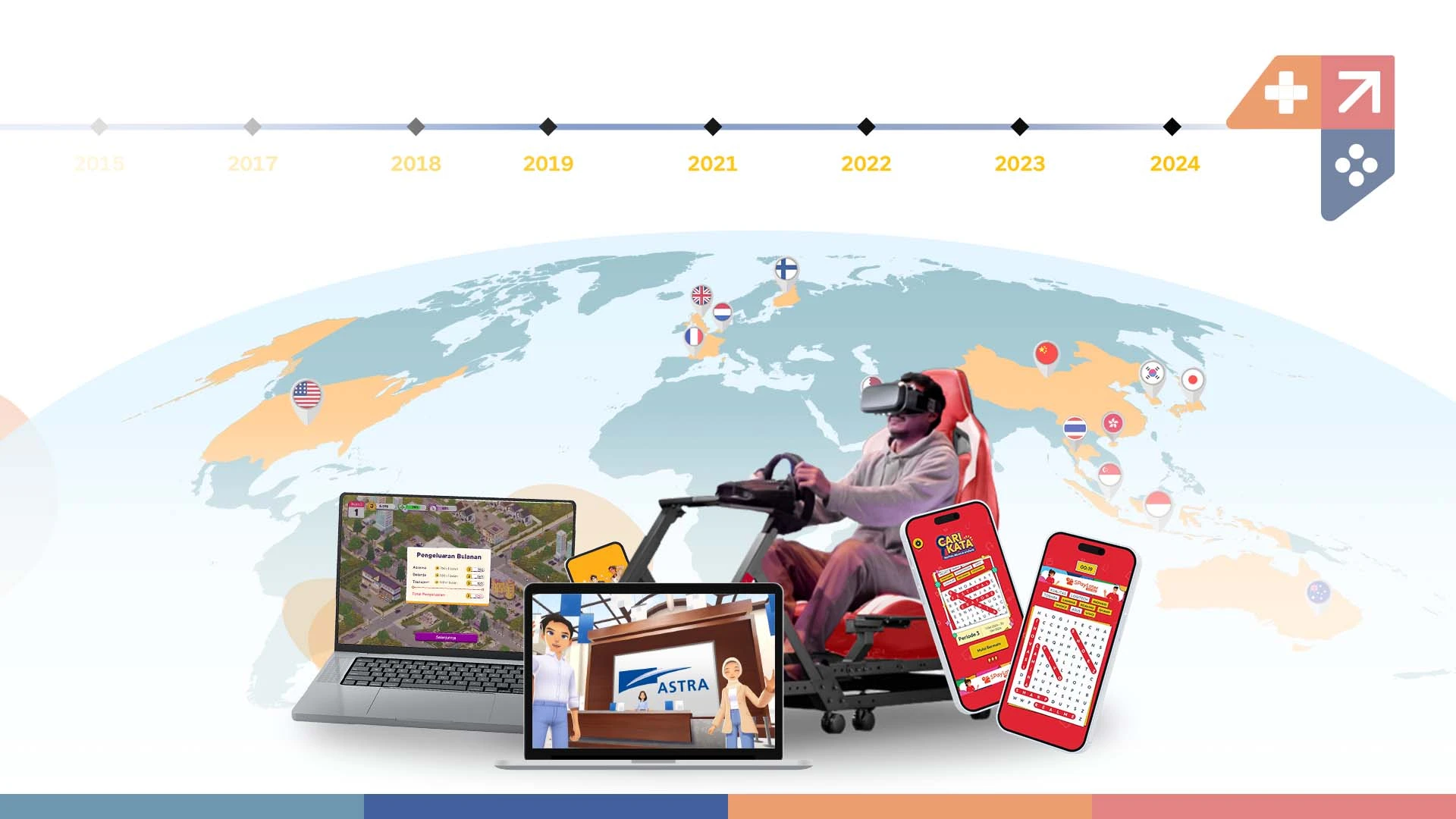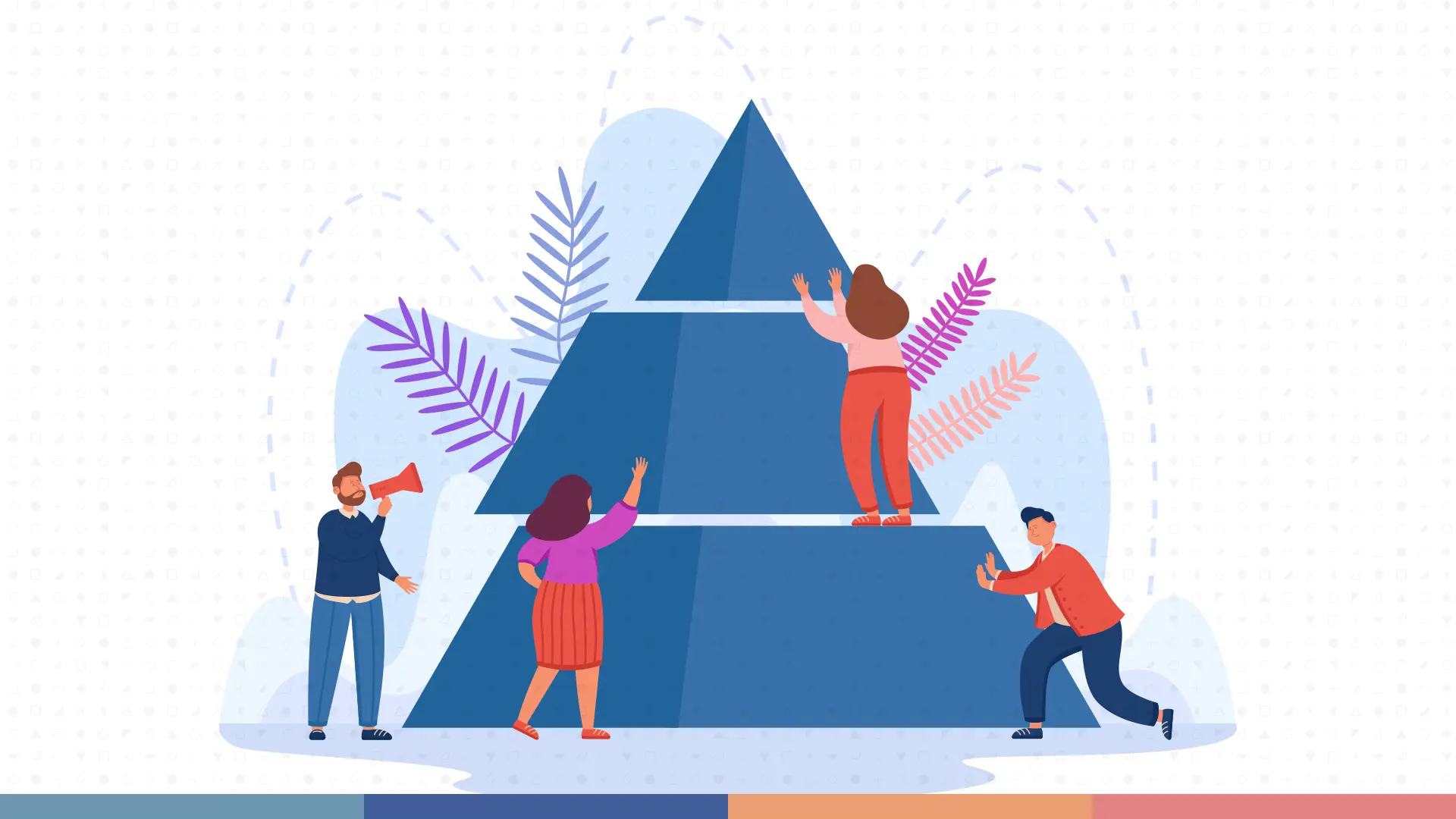Insights on Many Gamification Applications
Today, where user engagement is preeminent, the concept of gamification has emerged as a powerful tool to captivate audiences across various domains. At the forefront of this movement is Yu-kai Chou, a gamification expert who has revolutionized the way we understand and apply game-like elements in non-game contexts. Chou’s Octalysis framework, a comprehensive model outlining eight core human drives, serves as a compass for businesses and designers seeking to unlock the secrets of engagement.
Understanding Octalysis
Yu-kai Chou’s Octalysis framework delves into the intricacies of human motivation, breaking it down into eight fundamental drives. These drives, arranged in an octagon, provide a holistic perspective on what compels individuals to act, participate, and remain engaged. From the quest for epic meaning to the avoidance of loss, Octalysis encompasses a spectrum of motivations that can be harnessed to create compelling and immersive experiences.
Gamification in Various Applications
The main goal of gamification is to enhance user engagement, motivation, and behavior change by making the experience more fun, rewarding, and meaningful. The users of the gamification technique must decide what or in which area they want to apply the gamification techniques. There are several areas where gamification can be applied successfully with good game design techniques integrating playfulness and fun in the respective areas. Gamification can be used in various applications and domains, depending on the desired outcomes and target audience. One of the most influential and comprehensive frameworks for understanding and implementing gamification is the Octalysis framework, developed by Yu-kai Chou.
The Octalysis framework is based on the idea that there are eight core drives that motivate human behavior, and each drive can be mapped to a different aspect of the octagon-shaped framework. The eight core drives are:
- Epic Meaning & Calling: The drive to be part of something bigger than oneself, to pursue a higher purpose or cause.
- Development & Accomplishment: The drive to improve oneself, to overcome challenges, and to achieve goals.
- Empowerment of Creativity & Feedback: The drive to express oneself, to experiment with different options, and to receive feedback on one’s actions.
- Ownership & Possession: The drive to own, control, or collect something valuable or scarce.
- Social Influence & Relatedness: The drive to connect with others, to belong to a group, and to be influenced by social norms and expectations.
- Scarcity & Impatience: The drive to obtain something that is limited, exclusive, or unavailable.
- Unpredictability & Curiosity: The drive to explore the unknown, to seek novelty, and to be surprised.
- Loss & Avoidance: The drive to avoid negative consequences, such as pain, fear, or regret.
The Octalysis framework can be used to analyze, design, and optimize any gamified system or experience, by identifying which core drives are present, how they are balanced, and how they can be enhanced or modified. The framework can also help to distinguish between different types of gamification, such as white hat vs black hat (ethical vs manipulative), and intrinsic vs extrinsic (internal vs external) motivation.
The versatility of the Octalysis framework makes it applicable to a wide range of domains and contexts, as we will see in the following sections.
Gamification in Product Design
One of the most common and popular applications of gamification is in product design, where gamification elements can be incorporated into the user interface, functionality, and features of a product, to enhance the user experience and satisfaction. Some of the common gamification elements used in product design are:
- Loyalty programs: These are programs that reward users for their repeated or continuous use of a product, such as points, discounts, coupons, or freebies. For example, Starbucks Rewards is a loyalty program that allows customers to earn stars for every purchase, which can be redeemed for free drinks, food, or merchandise. Loyalty programs tap into the core drives of ownership & possession, development & accomplishment, and scarcity & impatience.
- Achievement badges: These are visual symbols that represent the user’s progress, achievements, or skills in using a product, such as levels, ranks, medals, or trophies. For example, Duolingo is a language learning app that awards badges for completing lessons, reaching milestones, or maintaining streaks. Achievement badges tap into the core drives of development & accomplishment, social influence & relatedness, and epic meaning & calling.
- Progress tracking: These are features that show the user’s current status, goals, or performance in using a product, such as bars, meters, charts, or graphs. For example, Fitbit is a fitness tracker that shows the user’s steps, calories, heart rate, sleep, and other health metrics. Progress tracking taps into the core drives of development & accomplishment, empowerment of creativity & feedback, and loss & avoidance.
Gamification in the Workplace
Another important application of gamification is in the workplace, where gamification principles can be applied to boost employee motivation, productivity, and performance. Gamification can be used to enhance various aspects of the workplace culture, such as:
- Training and learning: Gamification can make training and learning more engaging and effective, by incorporating game elements such as challenges, quizzes, feedback, rewards, and leaderboards. For example, Deloitte is a consulting firm that uses gamification to train its employees on topics such as leadership, ethics, and compliance. Gamification can also help to foster a culture of continuous learning and improvement, by encouraging employees to acquire new skills and knowledge.
- Collaboration and teamwork: Gamification can foster collaboration and teamwork, by creating a sense of community, competition, and cooperation among employees. For example, Google is a tech company that uses gamification to promote collaboration and innovation among its employees, by allowing them to vote, comment, and rank each other’s ideas. Gamification can also help to create a sense of belonging and relatedness, by enabling employees to share their achievements, feedback, and stories with their peers.
- Recognition and reward: Gamification can provide recognition and reward for employees, by acknowledging their efforts, achievements, and contributions. For example, IBM is a tech company that uses gamification to recognize and reward its employees, by awarding them badges, points, or tokens that can be exchanged for perks, prizes, or donations. Gamification can also help to create a sense of meaning and purpose, by aligning the employees’ goals with the company’s vision and mission.
Gamification in Marketing
A third major application of gamification is in marketing, where gamification strategies can be used to capture and retain customer interest, loyalty, and engagement. Gamification can be used to enhance various aspects of the marketing process, such as:
- Awareness and attraction: Gamification can generate awareness and attraction for a brand, product, or service, by creating a buzz, curiosity, or excitement among potential customers. For example, Nike is a sports brand that uses gamification to attract customers, by creating interactive and immersive campaigns, such as NikeFuel, which is a gamified fitness platform that tracks and rewards the user’s physical activity. Gamification can also help to differentiate a brand, product, or service from its competitors, by offering a unique and memorable experience.
- Conversion and retention: Gamification can increase conversion and retention rates for a brand, product, or service, by creating a sense of value, scarcity, or urgency among customers. For example, Booking.com is a travel booking platform that uses gamification to convert and retain customers, by showing them limited-time offers, social proof, and countdown timers. Gamification can also help to create a sense of loyalty and trust, by offering personalized recommendations, feedback, and rewards.
- Advocacy and referral: Gamification can encourage advocacy and referral for a brand, product, or service, by creating a sense of social influence, relatedness, or reciprocity among customers. For example, Dropbox is a cloud storage service that uses gamification to incentivize customers to refer their friends, by offering them free space, badges, and bonuses. Gamification can also help to create a sense of community and belonging, by enabling customers to share their stories, reviews, and ratings with others.
Gamification in Education
A fourth significant application of gamification is in education, where gamification methods can be used to make learning more engaging and effective. Gamification can be used to enhance various aspects of the learning process, such as:
- Motivation and engagement: Gamification can increase motivation and engagement for learning, by making it more fun, challenging, and rewarding. For example, Khan Academy is an online learning platform that uses gamification to motivate and engage learners, by offering them points, badges, and leaderboards for completing lessons, quizzes, and exercises. Gamification can also help to create a sense of curiosity and exploration, by offering learners different paths, levels, and choices.
- Feedback and assessment: Gamification can provide feedback and assessment for learning, by giving learners immediate, clear, and constructive feedback on their progress, performance, and mistakes. For example, Quizlet is an online study tool that uses gamification to provide feedback and assessment for learners, by offering them flashcards, games, and tests for reviewing and testing their knowledge. Gamification can also help to create a sense of mastery and accomplishment, by showing learners their achievements, goals, and growth.
- Collaboration and socialization: Gamification can foster collaboration and socialization for learning, by creating a sense of cooperation, competition, and communication among learners. For example, Classcraft is a gamified classroom management system that uses gamification to foster collaboration and socialization for learners, by allowing them to form teams, earn points, and unlock powers. Gamification can also help to create a sense of relatedness and belonging, by enabling learners to interact, share, and support each other.
Gamification in Health and Wellness
A fifth notable application of gamification is in health and wellness, where gamification techniques can be used to encourage healthy behaviors and habits. Gamification can be used to enhance various aspects of the health and wellness process, such as:
- Awareness and education: Gamification can raise awareness and education for health and wellness, by providing information, tips, and advice on various health topics, such as nutrition, fitness, mental health, and hygiene. For example, Zombies, Run! is a gamified fitness app that uses gamification to raise awareness and education for health and wellness, by immersing the user in a zombie-themed story, where they have to run, walk, or jog to survive. Gamification can also help to create a sense of curiosity and exploration, by offering learners different scenarios, challenges, and choices.
- Motivation and adherence: Gamification can increase motivation and adherence for health and wellness, by making it more enjoyable, rewarding, and meaningful. For example, MyFitnessPal is a gamified health app that uses gamification to increase motivation and adherence for health and wellness, by allowing users to track their calories, exercise, and weight, and to earn badges, points, and streaks for their progress. Gamification can also help to create a sense of empowerment and feedback, by giving users control, options, and feedback on their actions.
- Behavior change and habit formation: Gamification can facilitate behavior change and habit formation for health and wellness, by creating a sense of challenge, urgency, and accountability. For example, Habitica is a gamified habit-tracking app that uses gamification to facilitate behavior change and habit formation for health and wellness, by turning the user’s habits, tasks, and goals into a role-playing game, where they can customize their avatar, join quests, and fight monsters. Gamification can also help to create a sense of loss and avoidance, by showing users the negative consequences of their inaction, such as losing health, gold, or items.
Gamification in Lifestyle Apps
A sixth and final application of gamification is in lifestyle apps, where gamification mechanisms can be integrated into lifestyle applications, such as habit-tracking apps, personal finance apps, or productivity apps. Gamification can be used to enhance various aspects of the lifestyle process, such as:
- Goal setting and planning: Gamification can help users to set and plan their goals and actions, by making it more clear, specific, and realistic. For example, YNAB is a gamified personal finance app that uses gamification to help users set and plan their budget, by offering them a simple and intuitive interface, where they can assign every dollar a job, track their spending, and save for their goals. Gamification can also help to create a sense of epic meaning and calling, by aligning the user’s goals with their values and purpose.
- Execution and tracking: Gamification can help users to execute and track their goals and actions, by making it more fun, challenging, and rewarding. For example, Todoist is a gamified productivity app that uses gamification to help users to execute and track their tasks and projects, by offering them a sleek and simple interface, where they can organize their tasks, prioritize their work, and earn karma points for their productivity. Gamification can also help to create a sense of development and accomplishment, by showing users their progress, achievements, and growth.
- Reflection and improvement: Gamification can help users to reflect and improve on their goals and actions, by making them more insightful, constructive, and adaptive. For example, Headspace is a gamified meditation app that uses gamification to help users reflect and improve their mental health and well-being by offering them a friendly and personalized interface where they can learn, practice, and track their meditation and receive tips, feedback, and recommendations. Gamification can also help to create a sense of empowerment of creativity and feedback, by enabling users to experiment, learn, and optimize their actions.
Conclusion
Gamification is a versatile and effective technique that can be used to create more fun, rewarding, and meaningful experiences for users, in different contexts and situations. By applying the principles and elements of gamification, we can design and optimize systems and experiences that cater to the user’s needs, preferences, and goals, and that foster positive behavior change and outcomes.
If you are interested in learning more about gamification and how it can benefit you or your organization
Check out our gamification services page and contact us today. We are ready to help you create a gamification experience that aligns with your needs and preferences.
- All Posts
- All
